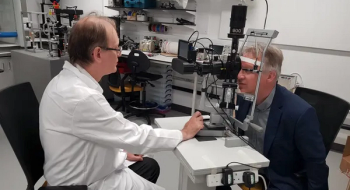
Researchers at the University of Strathclyde have developed an affordable device which takes 3D images and could shift the landscape of eye screening and treatment around the world.

Researchers at the University of Strathclyde have developed an affordable device which takes 3D images and could shift the landscape of eye screening and treatment around the world.

Researchers have found that social media use among physicians jumped during the COVID-19 pandemic, but the role it plays in networking, mentorship and support among ophthalmologists remains unknown.

Speaking at the American Society of Retina Specialists 2022 annual meeting at the Jacob K. Javits Convention Center in New York, J. Fernando Arevalo, MD, PhD, The Edmund F. and Virginia B. Ball Professor of Ophthalmology, chairman of ophthalmology at Johns Hopkins Bayview Medical Center, Wilmer Eye Institute, Johns Hopkins University, Baltimore, outlined his investigation of the anatomic and functional outcomes of pars plana vitrectomy, scleral buckle, or a combination of the 2, and suggested that the combination approach may need further consideration.
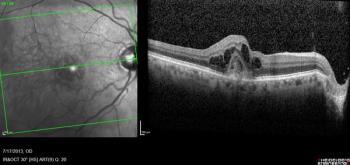
Speaking at the American Society of Retina Specialists 2022 annual meeting in New York, Carl Danzig, MD, detailed how treatment with faricimab in patients with neovascular AMD resulted in improvements in visual acuity, central subfield thickness and pigment epithelial detachments.

During a presentation at the American Society of Retina Specialists 2022 annual meeting in New York, Bobeck S. Modjtahedi, MD, presented results of a study that examined the accuracy of tools for predicting the risk of vision-threatening diabetic retinopathy.

According to a study published in 2016, approximately 250,000 deaths occur in the United States each year due to medical errors.

In a presentation at the American Society of Retina Specialists 2022 annual meeting at the Jacob K. Javits Convention Center in New York, Yoshihiro Yonekawa, MD, detailed that primary scleral buckling achieved the best visual acuity, and pointed out that rhegmatogenous detachments increased with age.

Mount Sinai study is among the first to link cardiovascular risk to a specific form of age-related macular degeneration.

The program — entitled “Pumping Adrenaline!” — brings viewers myriad challenging cases, intraoperative complications, and complex problems following cataract surgery.

The University of Oklahoma Health Sciences Center has received an unrestricted grant from Research to Prevent Blindness for $575,000 over 5 years to support eye research conducted by the Department of Ophthalmology.

Charles Brodowski, MD, and Patrick Rapuano, MD, have been named co-chief residents at Wills Eye Hospital, and will lead the team of resident doctors on staff, focusing on training and recruitment while attending to their own medical resident duties.

The first in a series of upgrades to Stellaris Elite incudes maximum vacuum increase and trocar/cannula system removeable valve cap enhancement.

According to investigators, patients with age-related macular degeneration like the port delivery system for ranibizumab because it requires fewer treatments and there is less discomfort.

Kala Pharmaceuticals Inc. announced that it has completed the sale of its commercial portfolio and related intellectual property assets to Alcon Inc., a transaction that was first announced in May.

According to William B. Trattler, MD, progression of the disease before cross-linking often can be identified over a period of months.

According to Mark Lobanoff, DO, earlier treatment also can mean the best possible results for patients.

Lloyd Clark, MD, highlights his ASRS presentation focusing on the PANORAMA study detailing the use of aflibercept in the management of diabetic retinopathy.

CMS is proposing to cut the Medicare conversion factor—the basic starting point for calculating Medicare payments—by 4.42% for CY2023.
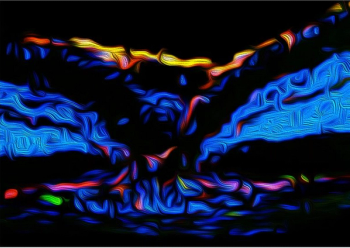
A team of investigators form Johns Hopkins Medicine say they’ve discovered that levels of a specific protein appears to help accurately predict whether people with the wet form of age-related macular degeneration may need lifelong, frequent eye injections to preserve vision or if they can be safely weaned off the treatments.

NOV03 is an investigational treatment with a proposed indication of treating the signs and symptoms of dry eye disease associated with Meibomian gland dysfunction.

Researchers at the University of Bristol, as part of a 10-year follow-up study, found that severe “brain bleeds” experienced by some babies in the first year following their birth lead to long-term sight problems.

Kiora Pharmaceuticals announced it has enrolled the first patient as a part of a Phase 2 study evaluating KIO-201 topical eye drops in patients with PCED, a rare ocular surface condition characterized by non-healing wounds on the eye surface.

A team of investigators at the Agency for Science, Technology and Research in Singapore have developed a bio-functional thermogel, a type of synthetic polymer, to prevent retinal scarring caused by failed retinal detachment repair surgery.

Using a cloud-based digital health option can save time during surgery.

A new deep learning model that can identify disease-related features from images of eyes has been unveiled by a group of investigators from Tohoku University.
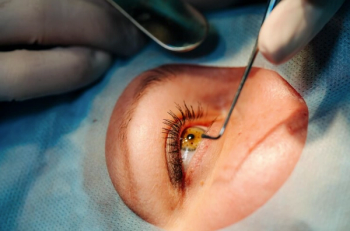
ASCRS, AAO behind year-long drive for policy change, with Aetna dropping its requirement on July 1 for pre-authorization for cataract surgery, covering patients in 48 of 50 states.
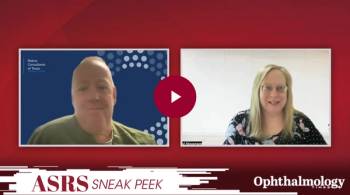
David Brown, MD, highlights his ASRS poster that includes 44-week data for a four-times-higher dose of aflibercept in a real-world setting.
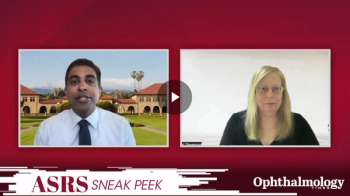
Rahul Khurana, MD, shares a preview of his ASRS poster based on an analysis of the second year of the VIEW 1 and VIEW 2 studies comparing aflibercept and ranibizumab treatment arms.

Investigators have found that recordings from the retina could identify distinct signals for both attention deficit hyperactivity disorder and autism spectrum disorder, providing a potential biomarker for each condition.

A team of investigators from the Yong Loo Lin School of Medicine at the National University of Singapore has found that there is a bidirectional association between chronic kidney disease and glaucoma.